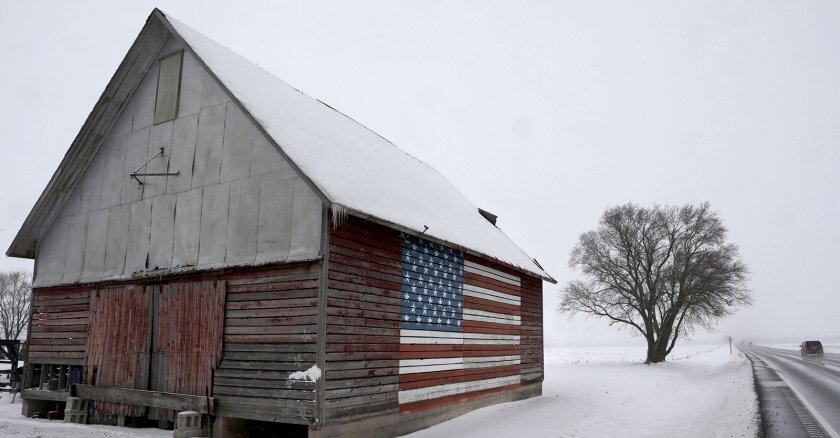David Tandberg, president of Alamosa’s Adams State University, Tom Stritikus, president of Durango’s Fort Lewis College, and Brad Baca, president of Gunnison’s Western Colorado University, are requesting $3 million per institution.
“Brad, Tom and I would line up and backflip if we got $3 million each,” Tandberg said in an interview.
For three years running, the leaders of the state’s 15 public colleges have written a joint letter to the state legislature requesting that additional money be directed to higher education over what Gov. Jared Polis allocated.
Polis budgeted a $42.7 million increase in state higher education funding for the next fiscal year. Collectively, the public universities — including the three rural institutions — requested a $130.8 million increase for operations plus $30.6 million for state financial aid.
“We are first and foremost supporting the collective ask,” Baca said. “That needs to be the first thing the legislature funds, but, in addition, given the uniqueness of our institutions, we need a little bit more consideration above and beyond that.”
Polis is committed to making sure Coloradans living in rural parts of the state have access to higher education, spokeswoman Shelby Wieman said in a statement Tuesday.
“Our rural higher education institutions play an important role in our state and we work very closely with them to increase efficiency and reduce administrative overhead to help them succeed,” Wieman said.
The $3 million to each school would be used for student outcomes and success, Baca said.
At Western Colorado University, Baca said the funding would address retention issues including elevating existing peer mentor programs or ramping up career services to ensure students have ample opportunities for internships and job placements.
At Adams State, the money likely would go toward beefing up the Adams Experience — a framework on campus that blends a student’s extracurricular interests with student life activities and work going on in the San Luis Valley. For example, sociology students could provide services based on what they’re learning in the classroom to real people in the San Luis Valley, Tandberg said.
At Fort Lewis College, the money would go toward meeting students’ needs by ensuring important services like a food pantry or housing assistance program aren’t solely funded by one-time grant money.
“Our ability to deliver these services is driven by state funding,” Tandberg said.
The rural institutions receive roughly half of their funding from the state, the presidents said. For comparison, a larger, more metropolitan university like the University of Colorado Boulder received about 10.4 percent of its $1.09 billion budget from direct state funding for 2024.
As a result of the institutions being smaller and off the beaten path, things tend to cost more, the presidents said. The institutions aren’t purchasing at the volume some of the larger ones are, so they’re getting more expensive unit prices, Tandberg said.
While larger universities often rely on lower-paid adjunct professors to teach classes, the rural leaders said they rely on mostly full-time faculty because people aren’t as willing to move to a more remote location without the promise of a full-time job, Stritikus said.
“When you’re far from an urban center and far from an interstate, anything you do is just more expensive,” Stritikus said.
To counteract some of these expenses, Stritikus said the three rural institutions collaborate to make costs more efficient between them, such as working together to find the most efficient computer systems.
“We’re willing to do whatever it takes,” Stritikus said. “We’re willing to be lean. We can’t do that without some kind of acknowledgment in the form of resources.”
About 60 percent of Colorado post-secondary students pick colleges within an hour’s drive from their homes, according to state higher education data, underscoring the importance of funding rural institutions. Adams State, Western Colorado and Fort Lewis serve nearly 9,000 students combined with more than half of those being Colorado residents.
Adams State drives $83.5 million of economic development to the San Luis Valley. Fort Lewis contributes $161.8 million to its region and Western Colorado drives more than $70 million in economic development to the region.
“Where do you want to put your sacred tax dollars?” Tandberg said. “A little goes a long way at our state institutions.”
©2024 MediaNews Group, Inc. Distributed by Tribune Content Agency, LLC.










